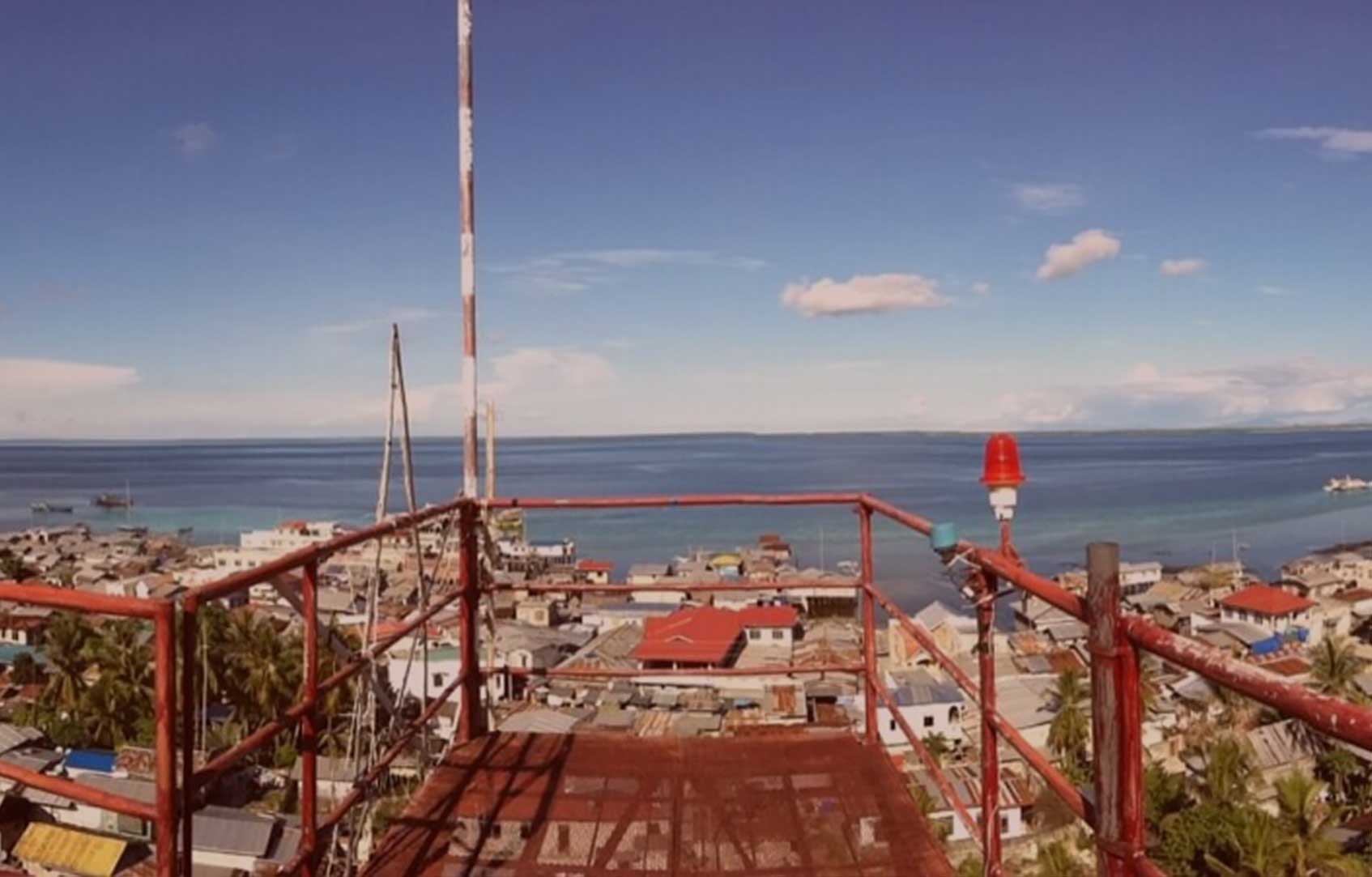
Case Study
A complete Safe Vessel Traffic System to control one of the most dangerous navigation area in Southeast Asia
Security surveillance system, a marine facilities weapon to defend against criminality
More and more marine forces and private companies are looking for a modern coastal surveillance system solution. In fact, some of the navigation areas around the globe are now considered as high security risk locations and it is a priority for authorities to fight crimes and increasing threats. This is the case for the Sulu and Sulawesi seas which are situated between the Philippines, Malaysia and Indonesia. This tri-border area is a significant marine navigation zone. In fact, every year nearly 100,000 ships and 18 million passengers cross this 1 million square kilometer area. Unfortunately, these seas are very high risk and pose many marine surveillance challenges to maritime safety which needs to be addressed. The tri-border zone is known for its conflicts, crimes and piracy which makes it a transnational hub for organized crime. Moreover, in recent years, terrorist threats have continued to increase.
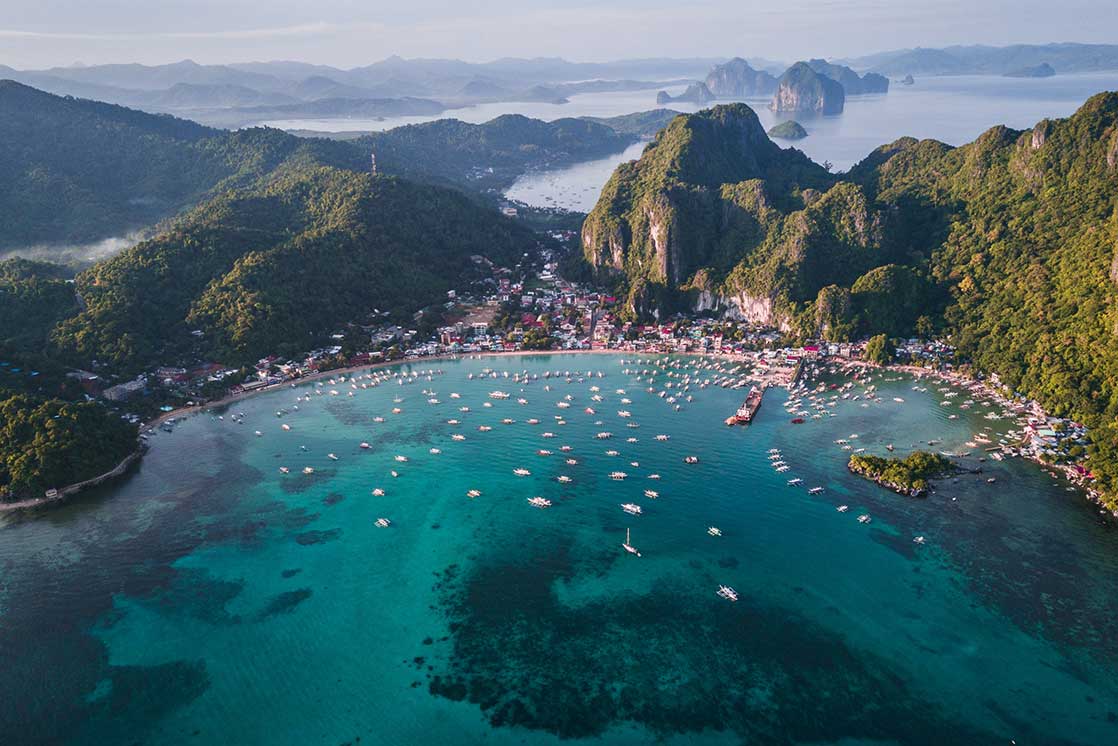
Modernization of coastal surveillance facilities for better control
To counter the proliferation of increasing threats, the authorities of the three countries decided to strengthen their joint patrols and to consolidate their coastal surveillance efforts. For this, the choice was made to modernize the infrastructures with the implementation of a modern maritime surveillance monitoring system, easy to implement and to use. In addition, due to the size of the area to be monitored, a modular solution was chosen by the Philippines Navy. With the adaptability of the VTS installation, it is easy to add new marine surveillance checkpoints and the entire structure can be overhauled and optimized based on the evolution of threats.
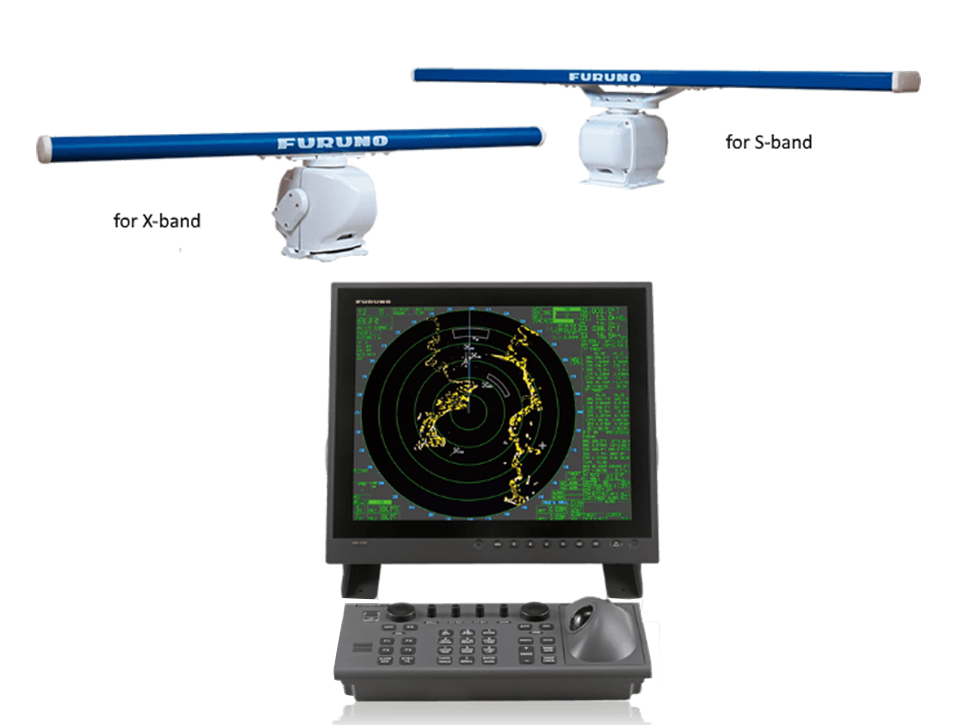
Radar X-band 2167 and Radar S-band 2127
Furuno radars 21x7 range meet the International Maritime Organization (IMO) and International Electronical Commission (IEC) standards. On one hand, the X-band radar range include 4, 6.5 and 8 feet antennas and up to 25Kw. These radars are the most used due to their compact size, which allow them to be installed on small facilities and vessels. X-band radars are very precise and provide good target resolution. On the other hand, the S-band radar range are less affected with adverse weather. Their size is more important and they are made with a up to 12 feet radiator and power up to 60Kw.

Two radars in the same area for a high degree of monitoring and reactivity
In the Philippine facility, three stations include two radars, namely a Furuno X-band 2167 and a Furuno S-band 2127. This configuration allows the authorities to have long range visibility on the high seas with the Furuno x-band 2167 radar that is more powerful. Besides, the Furuno S-Band 2127 offers a visibility on the targets around with a faster degree of reactivity. Zones with the two radars on the same site are better monitored and the Navy can analyze and act very quickly on the whole of the monitored plot.
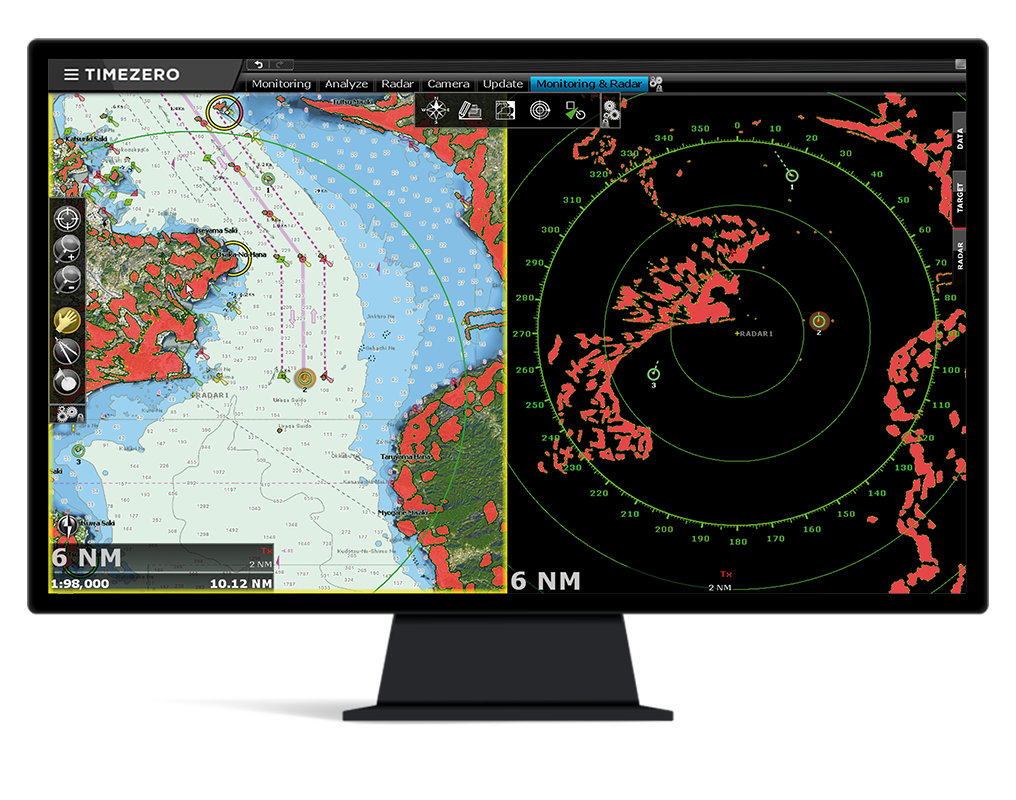
TIMEZERO Coastal Monitoring
The turnkey software program is the only informatic instrument in the VTS solution, which is able to gather all the data and monitor the radars into a single interface.
The cutting-edge technology is compatible with a large range of Furuno navigation instruments such as radars, AIS/ARPA receivers, cameras, communication instruments, etc. Up to 6 marine radars can be merged, displayed and controlled from one PC.
Furthermore, the software is able to acquire and display AIS/ARPA targets, COG/SOG, position and the heading coming from the FAR Network.
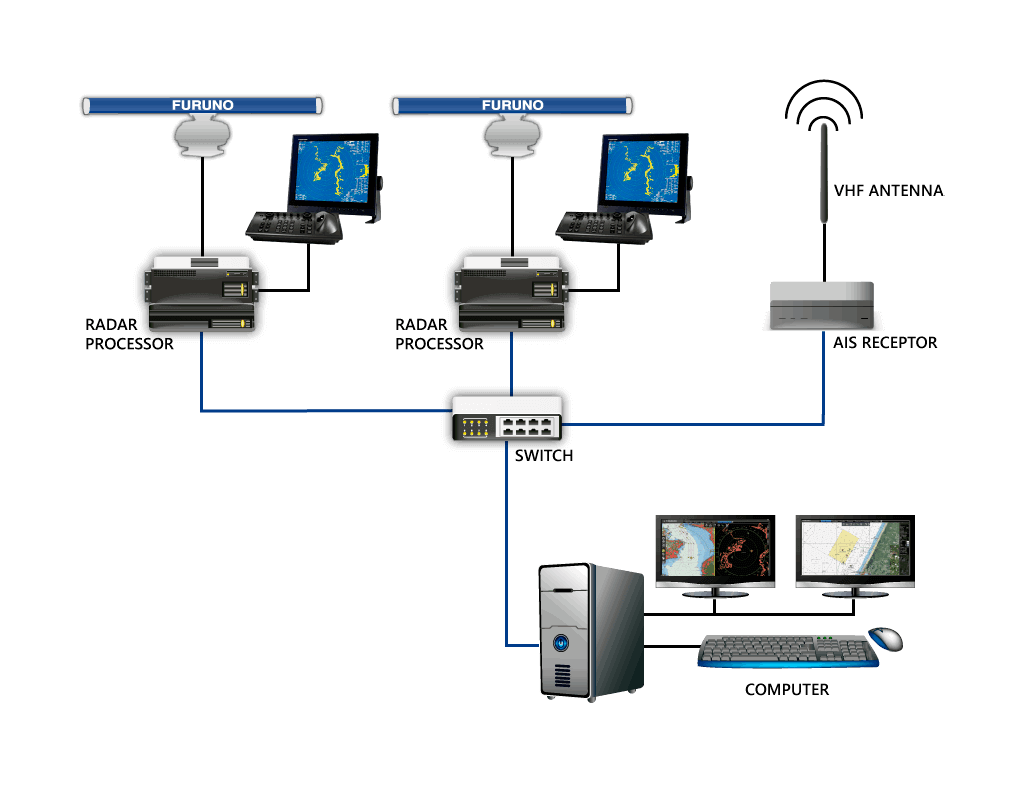
Safe Vessel Traffic System installation
The installation made in the Philippines includes the following equipment:
- Pangutaran Island: 1 TZ CM 2 radar (X-band 2167 DS and S-band 2127)
- Tongkil Island: 1 TZ CM 1 radar (FAR 2127)
- Pandami Island: 1 TZ CM 1 radar (FAR 2127)
- Taganet: 1 TZ CM 2 radar (X-band 2167 DS and S-band 2127)
- Bongao Island: 1 TZ CM 2 radar (X-band 2167 DS and S-band 2127)
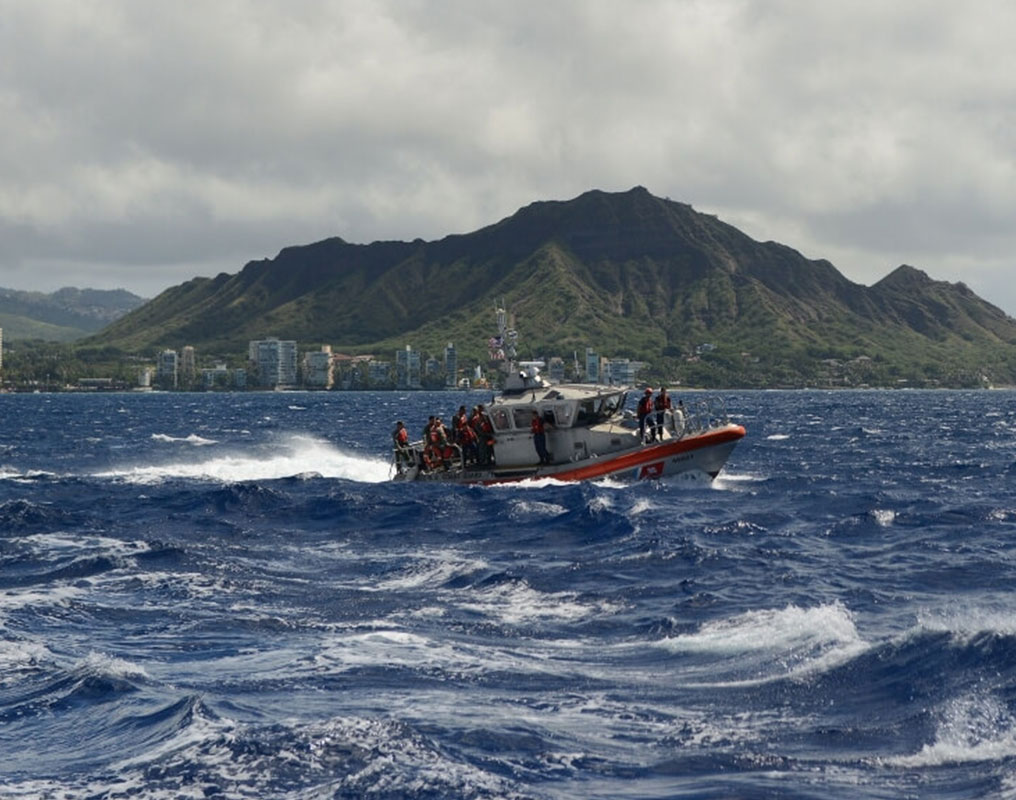
A turnkey outdoor marine surveillance solution that best fits authorities’ needs
The surveillance area is now covering six navigation zones. The vessel traffic and navigation areas are more secure due to the better quality of patrols and of the operations carried out on site by the Navy. The configuration of the VTS installation offers the possibility for Philippine authorities to improve their maritime facilities with reduced costs, in particular thanks to the simplicity of integration and use of the system.
The level of danger is still high, therefore new monitoring stations are put in place in order to cover a bigger maritime surveillance area in the Sulu-Sulawesi seas. Our experts are always in touch with the Navy for the follow-up and the study of the solutions that make it possible to bring security surveillance system improvements to this navigation area.
For more information about the project.